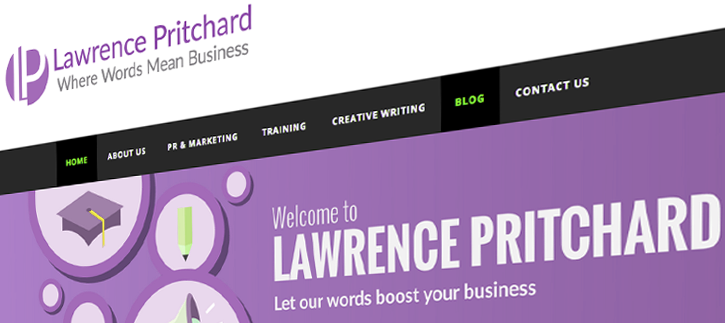Why Content is just the New Journalism
Just what is content? Or even content marketing? It’s hard to find a clear definition, but here’s one from something calling itself the Content Marketing Institute: “A strategic marketing approach founded on creating and distributing valuable, relevant, and consistent content to attract and retain a clearly defined audience”. They also add something about profitability, and, let’s be honest, they don’t really say what that ‘content’ is, but they do say it should: “make a person stop…read…think…behave…differently” (their own full stops there, by the way).
So my question is – what’s the difference between ‘content’ and what we used to call journalism? I believe there’s no difference at all, they are one and the same thing; the only difference these days is that everybody is a journalist – and if you want your ‘brand’ to be in the media, the best thing is to make your own media, and to do that you need journalism/content which gets people to stop and read.
Which is where the media went wrong when the world went digital. Content, many thought, was a commodity all of a sudden. It was given away. Wrong. Good content should have the highest value possible – and when attached to strong independent brands – such as many newspapers and magazines were (and some still are) then it had value. The problem is not the value of the content, but the ‘hard copy’ business model that supported it (or rather suddenly didn’t support it at all). The ‘hard copy’ model was still predicated on a world where people paid for things like subscriptions and got something back in return – namely a publication in their hand. By turning from this model to ‘giving it away’ we produced an environment which devalued content by simply multiplying the number of places it could be sourced from. Content was everywhere – and as a result was also nowhere. So how could it have any value?
I’d argue that in the UK at least it’s the bigger media owners who have suffered most in this revolution. Smaller media owners, with lower overheads, have, I believe fared better and moved quicker to defend their ‘brands’. The larger owners have either closed things down or simply sold things off. Investment in brand and content has been poor to minimal. How could it not be, as profits dry up and costs rise (it didn’t help that the digital revolution got going just as the global banking crisis hit). But those who have invested and kept lean stand to reap the benefits longer term. Because content is still king – and people want good content. That means they still need good writing, good ideas and attractive places where they can find those things – places where those ‘clearly defined’ audiences can come together debate, argue and share.
I’ve always said that words are powerful things. They change worlds, for better and worse. Used positively, they can make great things happen. So content – whatever shape it takes, be it written or spoken – is potentially very valuable. So how do you get it right? I’d say very simply that you go back to basics – telling engaging stories and producing ‘good’ journalism. How do I know it’s good? Now that’s tougher to measure; however, we can measure responses, hits and shares, and so on. But the best measure is how it gets talked about. In PR, in the US at least, they used to talk about the ‘Hey, Martha’ moment. A bit sexist this, but the idea is the guy is sitting at home reading the New York Post (or insert your news media of choice here) and suddenly something catches his eye and he calls out to his wife – “Hey, Martha, you’ll never believe this, but it says here…” (I did warn you it was dated). Content should strive to achieve that kind of level of impact, because if it does it’s working, but it’s working not thanks to some new and exciting technology, but because it goes back to the first principals of good writing. They’ve never gone away, and for my money they never will.
Nigel Lawrence



